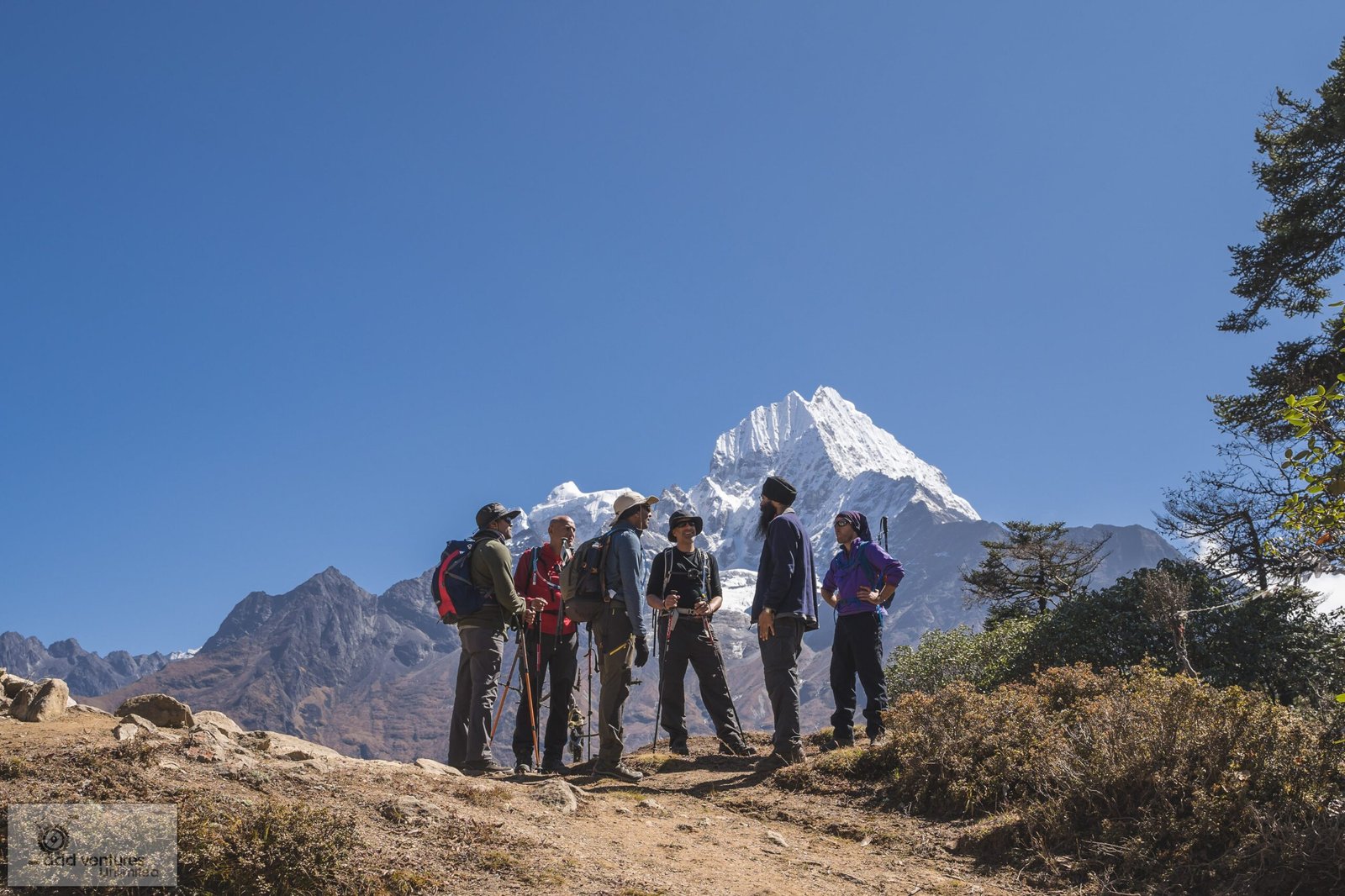Hi everyone!
As a fellow mountain explorer, you must know how tough the Everest Base Camp trek is, making it one of the world’s most famous adventures that draws trekkers from all around the globe. It’s a journey through some of the most breathtaking geographies and vibrant Sherpa culture, starting from the town of Lukla and culminating at the base camp of the world’s highest peak, Mount Everest.
The trek to the Everest Base Camp is not just a physical challenge but a dream for many people just like it was for me at one point in life. And therefore from my experience, I can claim that this experience is not just about the destination but the amazing journey in itself. You might be thinking, “Isn’t this trek very tough?”
Well, if you want to experience this journey and understand how tough the Everest Base Camp trek is then make sure to read this blog carefully as I have covered all the insider details for you.
Section 1: Physical and Mental Preparation
Do you think that you need to be a professional athlete to trek to Everest Base Camp? Umm, turns out that you just need a good level of fitness for this journey. You’ll indeed be walking for several hours a day, often on steep and rocky terrain, and at high altitudes where the air is thinner but with 3-5 months of physical activeness before the trek you can get ready to undergo this journey.
- Focus on building your endurance with long hikes, ideally with a backpack, to simulate the trek.
- Include cardio workouts like running, cycling, or swimming to boost your stamina.
But wait, remember that mental toughness is just as important as physical fitness. So surround yourself with supportive people, and be prepared to push through discomfort and fatigue.
Section 2: Route and Itinerary
Did you know that the most popular route to Everest Base Camp starts in Lukla? From there, trekkers follow a well-trodden and rough path through the Khumbu region and pass through vibrant villages, lush forests, and high-altitude terrains.
This challenging trek spans approximately 130 kilometers and takes around 12 days. Walking for so long can be tough on your body as some days you’ll hike longer distances, while others will be shorter, making the overall trek demanding for many people.
Moreover wouldn’t you feel a little overwhelmed if you just arrived in Nepal and immediately started your Everest Base Camp journey? Wouldn’t you want to get familiar with the region and soak in its beauty first and just get a day to relax at the teahouse? Honestly, many tour groups overlook this important aspect when planning treks.
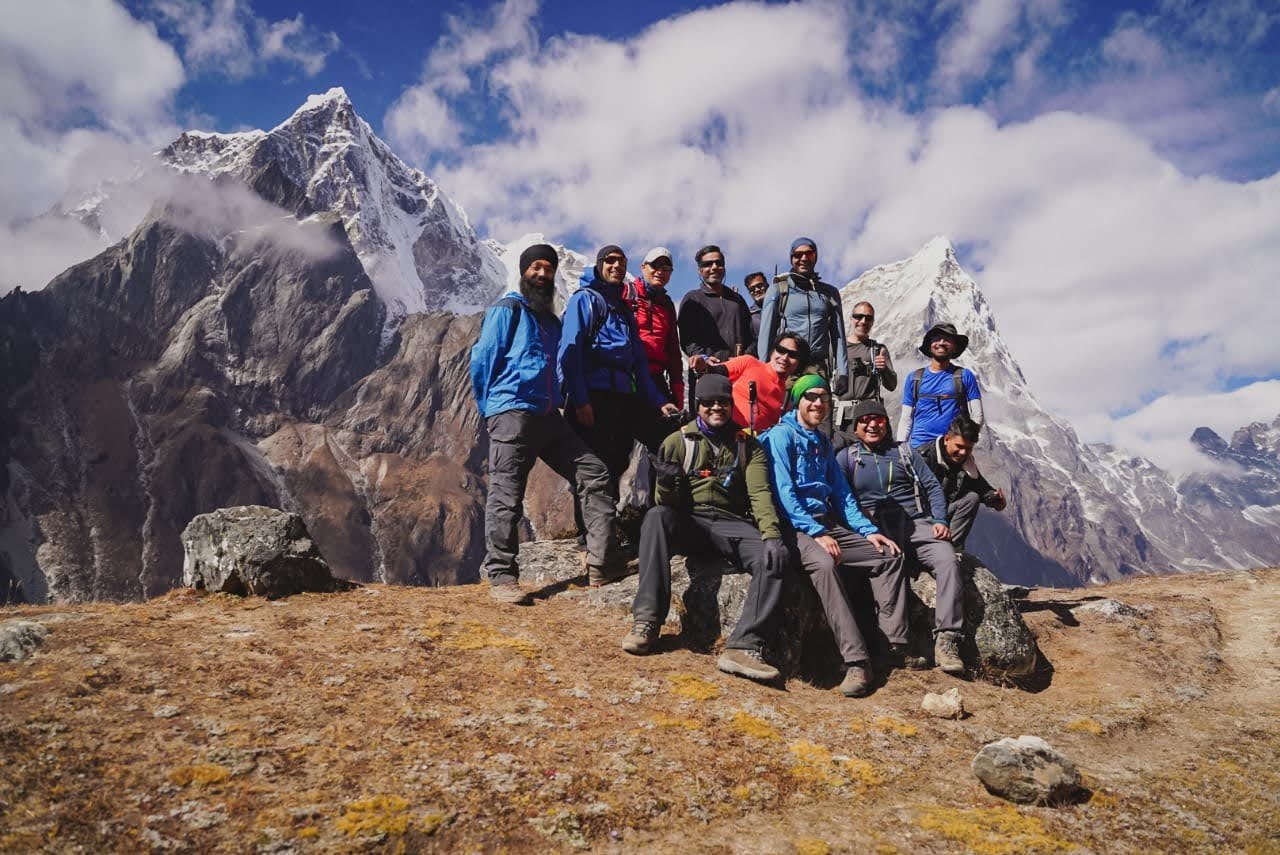
But if you’re looking to travel with a group that focuses on these small yet essential details then I have a solid recommendation for you: The Everest Base Camp trek by Yeti Expeditions.
Here’s a quick overview of some pointers from their itinerary.
- They offer 4 different types of itineraries based on your needs and budget: Standard, Premium, 11-day Heli Return, and Everest Base Camp via Gokyo Lake.
- Each itinerary has its unique features, but all ensure your safety and comfort.
- The key points across all itineraries include the safety measures, requirements for travel, risk, and accident insurance.
- The fares for internal flights (Kathmandu/Ramechhap – Lukla) and permits differ for SAARC nationals and foreign nationals.
While each of their itineraries is incredibly enjoyable, one unique feature of their Everest Base Camp trek is that they offer support of an Indian guide from India and a Nepali guide whom you’ll meet upon arrival. This way Yeti Expeditions ensures that your journey is well-organized from day one to the very end.
Section 3: Altitude and Acclimatization
When you trek to the Everest Base Camp, you’ll be climbing to high altitudes where the air is thinner, which can make breathing harder. You’ll reach altitudes of around 5500m if you include Kala Patthar in your trek and this significant increase in altitude is a key reason why the EBC trek is so challenging. It can even lead to symptoms like headaches, dizziness, and fatigue as your body adjusts to less oxygen.
But before you start overthinking remember that acclimatization is important for a safe trek.
Even if you’re a beginner don’t worry because the EBC trail is well-established with no technical sections so there would be no chance of losing your way during the trek at high altitudes. While most people are in a rush to achieve success, remember that taking it slow and spending extra days at certain altitudes helps your body adjust properly. This is precisely why you should travel with a group that prioritizes your safety and ensures that each member of the group receives personal attention in case of any difficulties.
You might be wondering how to find the perfect group size for your journey, right?
Well, I strongly suggest checking out the Everest base camp trek experience offered by Yeti Expeditions What truly sets them apart is that they limit their group sizes to a maximum of 10 people per trek. This allows the guide to give personal attention to each trekker and help them overcome any challenges with ease.
Their aim is very simple: Provide trekkers with a safe and value-for-money experience!
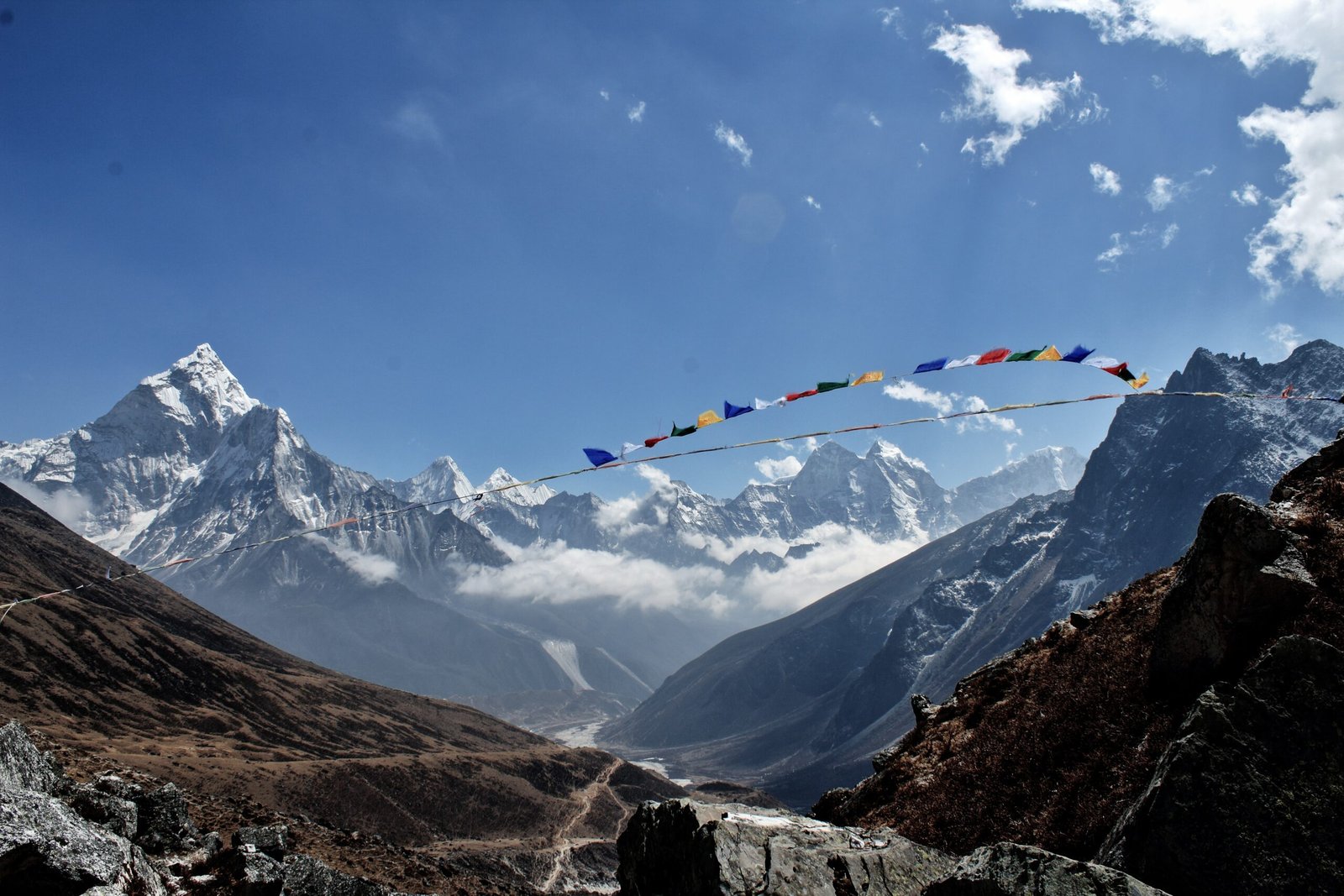
On that note here are some tips for managing sickness as suggested by professional guides:
- Avoid climbing too quickly and stick to your itinerary.
- Pay attention to any symptoms and don’t hesitate to descend if needed.
- By understanding altitude and acclimatization, you can make your journey to Everest Base Camp much smoother and safer.
Section 4: Accommodation and Food
For many people, the most important part of the Everest base camp journey is managing their food and accommodation. Of course, you can’t expect Domino’s pizza or resort-level service, but during the trek when it comes to food, you will have two options.
Meals are typically available only in teahouses, and you can either choose a package that includes meals or order from the menu available at the teahouses. As a first-timer, this journey might seem overwhelming, but choosing teahouses as your accommodation can make it much easier with all your meals sorted. In case you’re not aware, there’s a tradition that prevents trekkers from buying food outside the teahouses. So overall teahouses add a lot of comfort for first-timers since you don’t have to deal with the challenges of camping in tents and can rest well in rooms with beds and sometimes even attached bathrooms.
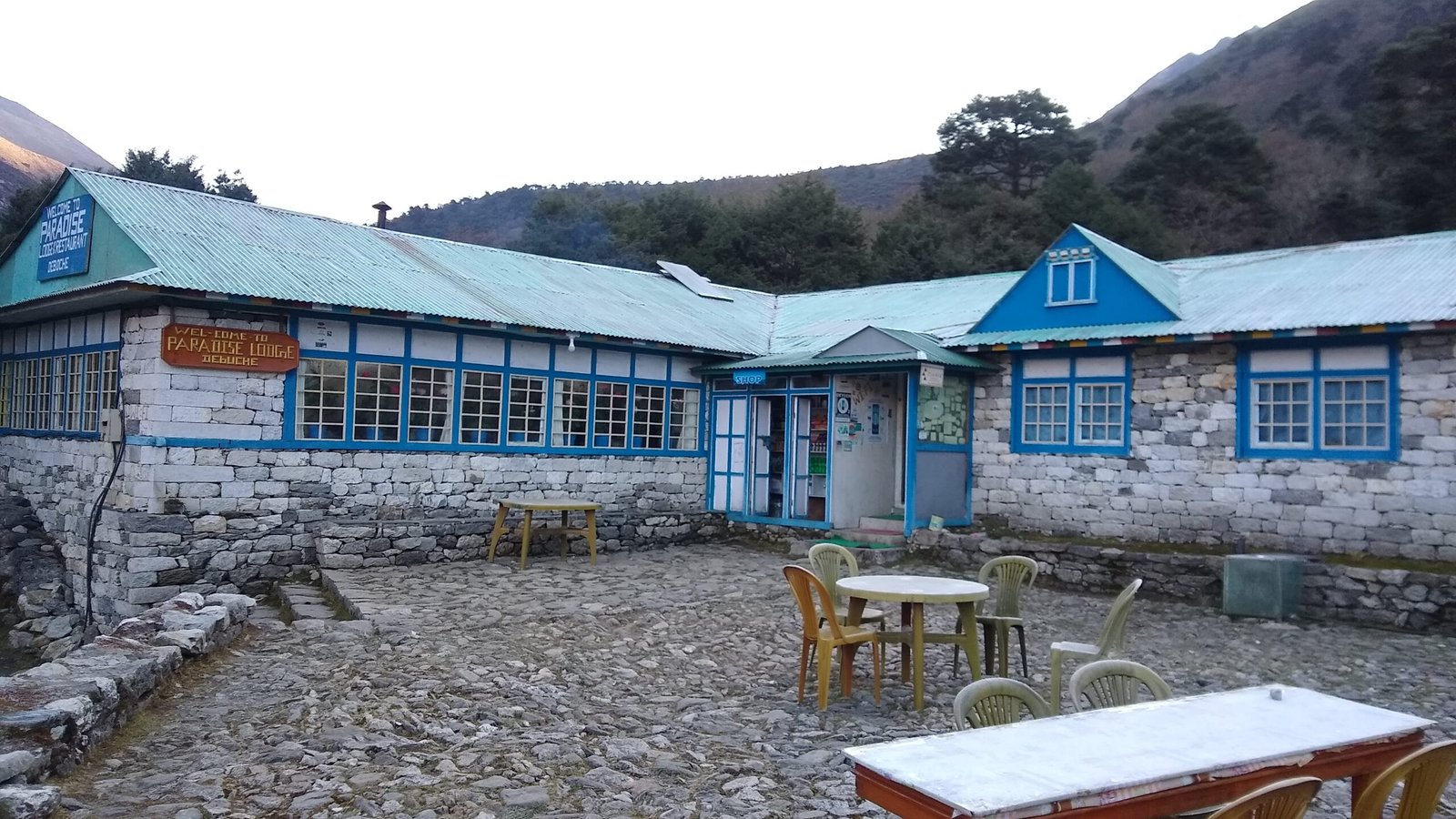
So make sure to choose the right package! Just don’t worry because all the meals on the trek are hearty and designed to keep you energized. You’ll find plenty of dal bhat (lentil soup with rice), momos (dumplings), and noodles. Just make sure to stick to cooked foods to avoid any stomach issues.
Remember that at the end of the day, you’re in the mountains and there might be difficulties but availing the stay at tea houses can offer services like Wi-Fi, charging stations, and even basic medical supplies.
Section 5: Weather and Seasonality
Now that you’ve decided to go on the Everest Base Camp journey, you might be wondering when is the best time to go for it.
The best times to trek to Everest Base Camp are during the pre-monsoon and post-monsoon seasons.
Specifically, April to early June and late September to November offer the most stable weather and clear views.
You must keep in mind that even weather can make this trek tough for individuals. Why? Although weather does not add to the physical difficulty it can be mentally frustrating due to possible flight cancellations or delays. But the good part is that even in case of emergencies there are helicopter evacuation options available on the EBC trek, though they come at a higher price but it is the biggest safety factor that trekking in EBC has to offer and provides a lot of mental satisfaction.
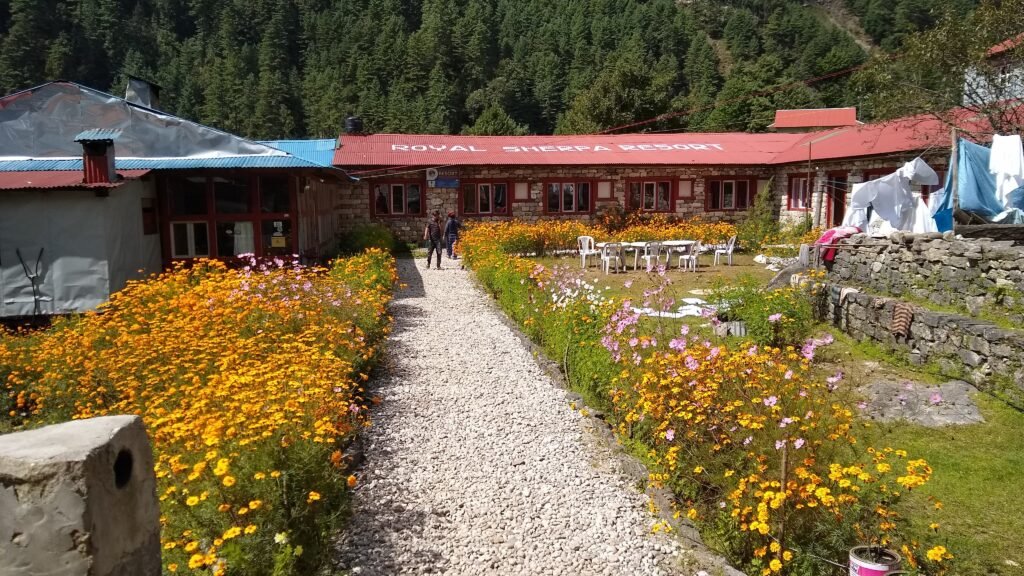
Let me give you a gist of the weather conditions and challenges in different seasons
- April to early June: Expect mild temperatures and blooming rhododendrons, but the trails can be crowded.
- Late September to November: Enjoy clear skies and crisp air, perfect for breathtaking mountain views. But since it’s a popular time, the tea houses can be busy.
- December to February: The trek is possible but challenging due to extreme cold and potential snow, making some paths impassable.
- June to September: Heavy rains make trails slippery and prone to landslides. Clouds often obscure mountain views, and there are more leeches.
But wait, no matter which season you select you must prepare for unexpected weather changes by following these points:
- Pack clothing that you can layer for varying temperatures. Include a good waterproof jacket and warm gear for cold nights.
- Check weather forecasts regularly and be prepared to adjust your plans.
- Bring quality trekking gear, including waterproof boots and a reliable sleeping bag.
Section 6: Common health risks and how to avoid them
- Trekking to Everest Base Camp comes with some health risks, but by taking the right precautions, you can avoid most of them.
- Injuries can occur while you’re trekking. Make sure to wear sturdy boots, use trekking poles, and always watch your step to prevent any injuries.
- Cold-related illnesses such as frostbite can be avoided by keeping your extremities warm and dry.
- You must protect your eyes by wearing UV-protection sunglasses.
- Make sure to get a health check-up before your trip so that you don’t fall sick during the trek,
While getting injuries can make the trek difficult don’t worry because there are medical clinics in Lukla, Namche Bazaar, Dingboche, and even in Gorak Shep, the last stay before you go to the base camp.
In fact, professional trekking teams like Yeti Expeditions even have an Indian guide accompanying the group from India. They ensure that everyone is well-prepared for the journey and is well taken care of during the entire journey. Oh, and also they offer multiple optional services like porter service, transportation from the airport, etc to their group on some extra pay.
Conclusion
As we come towards the end of this blog one thing is clear the Everest Base Camp trek is a tough challenge but it’s also an amazing adventure that almost anyone can do with the right preparation. Yes, it requires physical effort and determination, but the rewards of this journey are incredible. All you need to do is imagine yourself standing at the base of the world’s highest mountain, surrounded by stunning views and rich local culture.
Once you see this dream it is time to make it happen.
FAQs
Can a beginner climb Everest Base Camp?
Yes, beginners can trek to Everest Base Camp. But the only condition is that you’ll need to work on your physical fitness before the journey, as the trek can be demanding. Fortunately, the presence of tea houses along the route makes the journey smoother by providing comfortable places to rest and recharge.
What is the success rate of Everest Base Camp?
The average success rate is 90% for trekking at Mount Everest Base. The Everest base trek is relatively old and very well established therefore the routes offer many opportunities for the climbers to relax.


